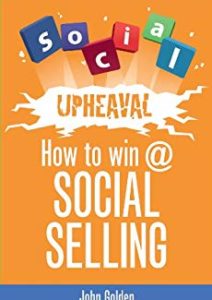Sales Pipeline Pitfalls
Once you build your sales pipeline, you can start to measure its performance. The figures you generate will provide you with the clarity that you need to make better decisions and ensure smarter execution of your ideas. If this gets neglected, it will have many negative consequences that could include a lower closing percentage and lost revenue. Considering what’s at stake, it’s important to ensure you’re getting the most benefit from your sales pipeline measurement. But how can you actually do this?

A good starting point is to avoid these four common sales pipeline pitfalls:
- Only measuring your closing rate: 43% of salespeople only measure their closing rate! The close is the ultimate goal, but it’s not the only goal. Understand other crucial measurements in order to make the most of your pipeline software and get the most information possible.
- Not differentiating between leads and qualified leads: Don’t be one of the 28% of people who do this. A poor lead means that you are selling to someone who isn’t in your ideal customer market, and will likely not end up benefiting from your services or end up buying your product.
- Not measuring progression (and leakage) through the whole pipeline: Look at the pipeline as a whole. 26% of people neglect to do this crucial step, and they lose revenue and don’t understand all the information as a result.
- Looking at your sales pipeline as a static entity: A pipeline isn’t static. It’s constantly changing, moving, and evolving. Be sure to keep up with it, unlike the 18% of people who ignore this pitfall.
Check out articles such as Sales Pipeline Revealed, and the ebook Pipeline Measurement and Sales Success. If you’re looking for a great tool to measure your sales pipeline, check out Pipeliner CRM.























Comments